Understanding Consumer Behavior, Leveraging Data Is Key to Success

During the WWD Beauty CEO Summit last week, one theme repeatedly emerged from several of the sessions: if brands want to better engage today’s consumer, it is essential to understand their needs and behavior and offer products, solutions and experiences in a meaningful, authentic and personalized way.
All of which require leveraging data and understanding how shoppers shop.
More from WWD
During a NielsenIQ VIP breakfast, Jacqueline Flam Stokes, senior vice president of beauty retail at NielsenIQ, said, “it is critical that brands and retailers understand how consumers are shopping. Forty percent of beauty consumers are shopping both mass and prestige and only 1 percent of consumers today that are shopping beauty are shopping exclusively prestige. If you look at even a Sephora shopper, 97 percent of Sephora shoppers are also shopping mass.”
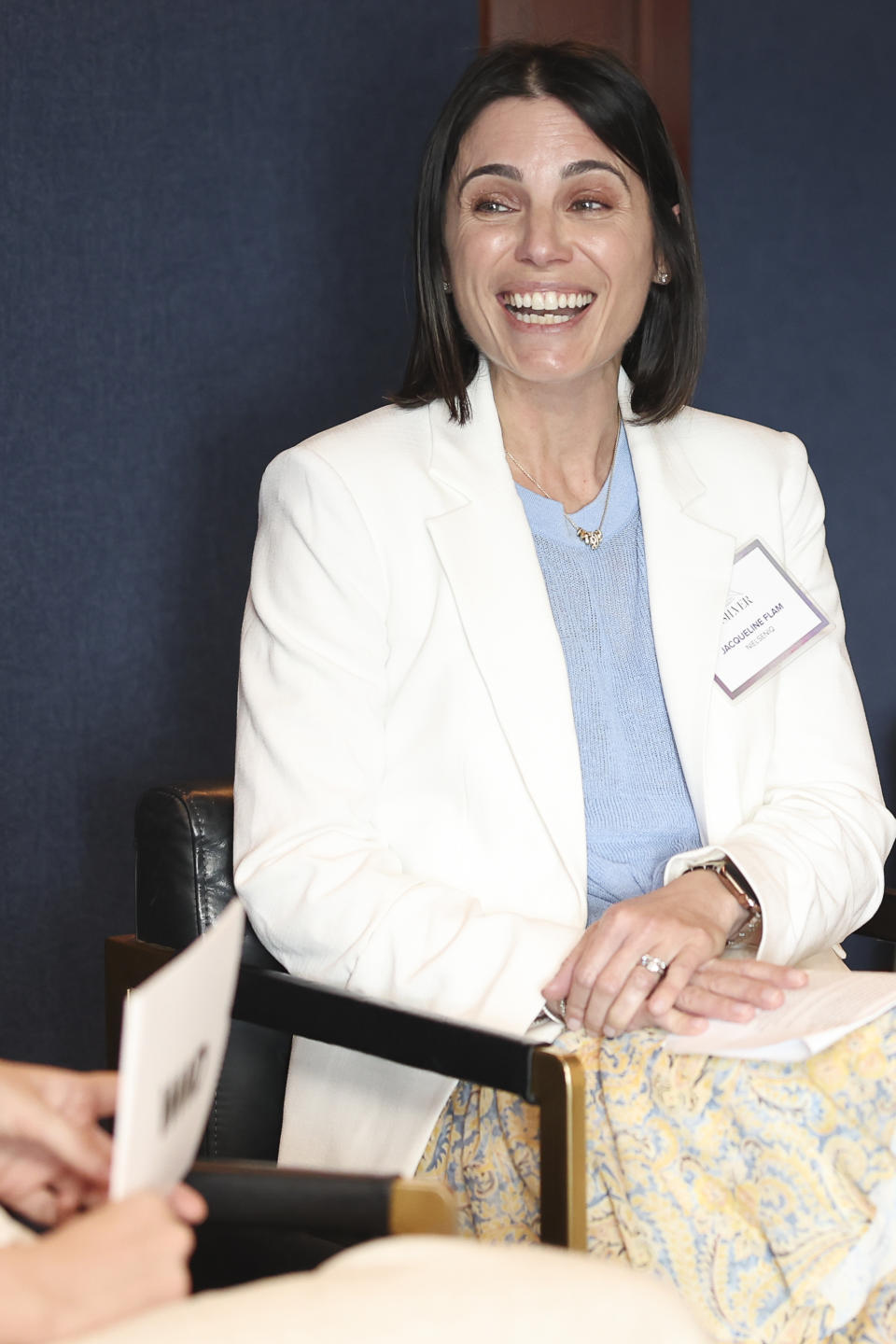
This, among other trends, such as viral social media posts, all contribute to understanding today’s beauty shopper, Stokes said, adding that by leveraging data that looks at the customer first, such as with NielsenIQ, brands and retailers will be able to better understand the market for the future.
Another consumer insight trend that was discussed is a desire by customers to have a more holistic experience with wellness and beauty. For Solésence Beauty Science, the skin care contract manufacturer, a holistic approach is something that Kevin Cureton, chief operating officer of Solésence Beauty Science, said is fundamental for the company, from how it treats employees and prioritizing inclusion to understanding the world that the consumer is living in.
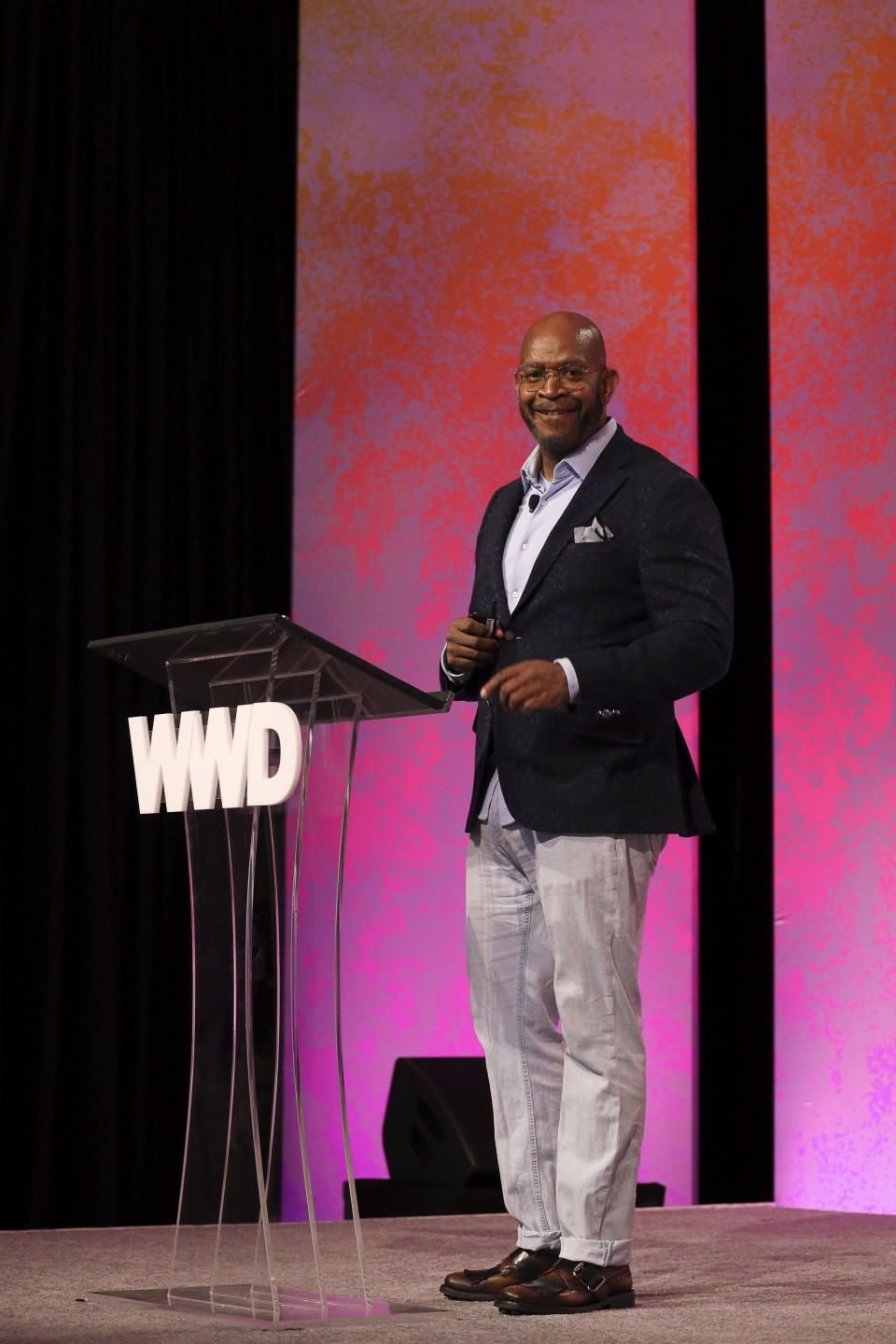
“It’s important to think about how we can do this together,” said Cureton. “We are unique in the beauty industry because we allow people to do this very thing [which is] to be seen, to be loved, to feel heard in a different way than any other industry does.”
Cureton said brands can make profits and still help people and the planet at the same time. Acquiring more customers means breaching artificial barriers and raising expectations for what is possible and what solutions are needed. It’s about going beyond checking off a box, said Cureton, and asking questions and “simply retargeting where we’re going and who we’re talking to.”
Aside from more sustainable practices, consumers expect brands to offer solutions that work.
During a Dyson VIP lunch, Marthina Sochodolak, vice president of marketing at Dyson Americas, said everything that the company does “looks at how to bring a solution to problems while maintaining the health of your hair — so engineering is huge.”
Sochodolak said Dyson is investing “about a billion pounds a year in research and technology for hair health. The company is really committed at this point in time when those products are clearly extremely high-performance part of the market.” Expanding on its consumer education and the importance of experiencing its products, Dyson is also bringing more in-person interactions to shoppers through its beauty labs, soon to open in New York City.
Meeting the needs of customers who want to experience a product or brand is also a priority for Kiko Milano. Simone Dominici, chief executive officer, took the stage to share how Kiko Milano evolved from a regional retailer to a global beauty brand. Currently, he said, the brand, which is still new to the U.S. market, is number one in Italy, second in the Middle East and fifth in Western Europe.
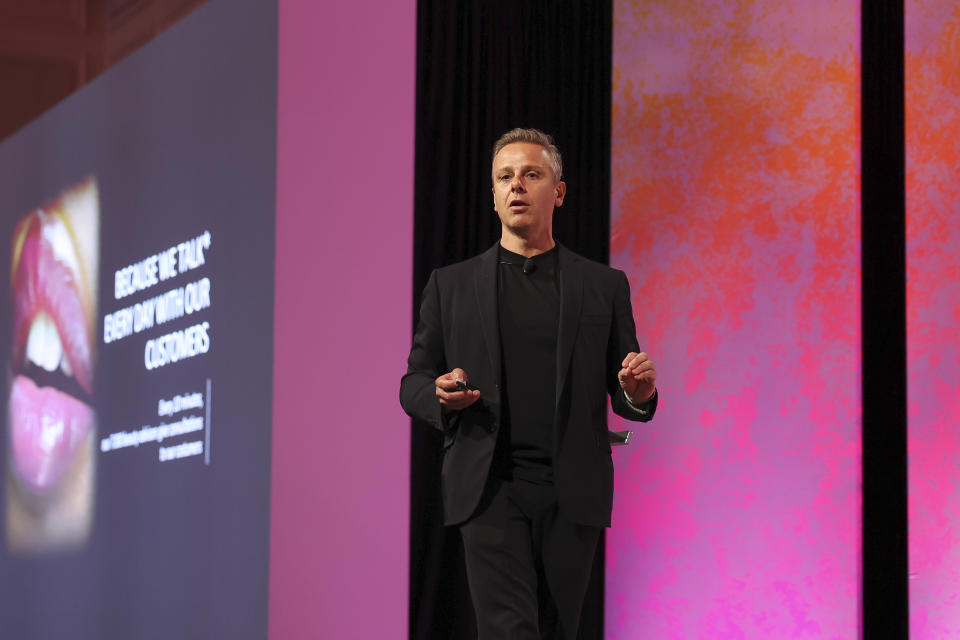
To succeed, Dominici said, everyone “has to have a customer-centric approach.” For Kiko Milano, that requires ensuring that its employees are not only satisfied but happy. To do this, the brand practices ongoing education through unique training, which he described as an investment in the future.
“Twenty percent of our beauty advisers last year left us because they were incentivized by us and trained by us to become an influencer,” said Dominici. “And of course, we believe that when they are a micro-influencer, they will use a lot of our products.” The approach also recognizes Kiko Milano shoppers not as customers but as unique individuals. With more growth in mind, the brand has invested significantly in services and engagement with the consumer both in-person and digitally.
Speaking of digital, presenters at the summit also urged brands to be more strategic with e-commerce. Dana Upshaw, chief growth officer at Recom, discussed one of the marketplaces that have been a huge topic of conversation in beauty retail, Amazon, and how to use the platform for building brands and customer loyalty.
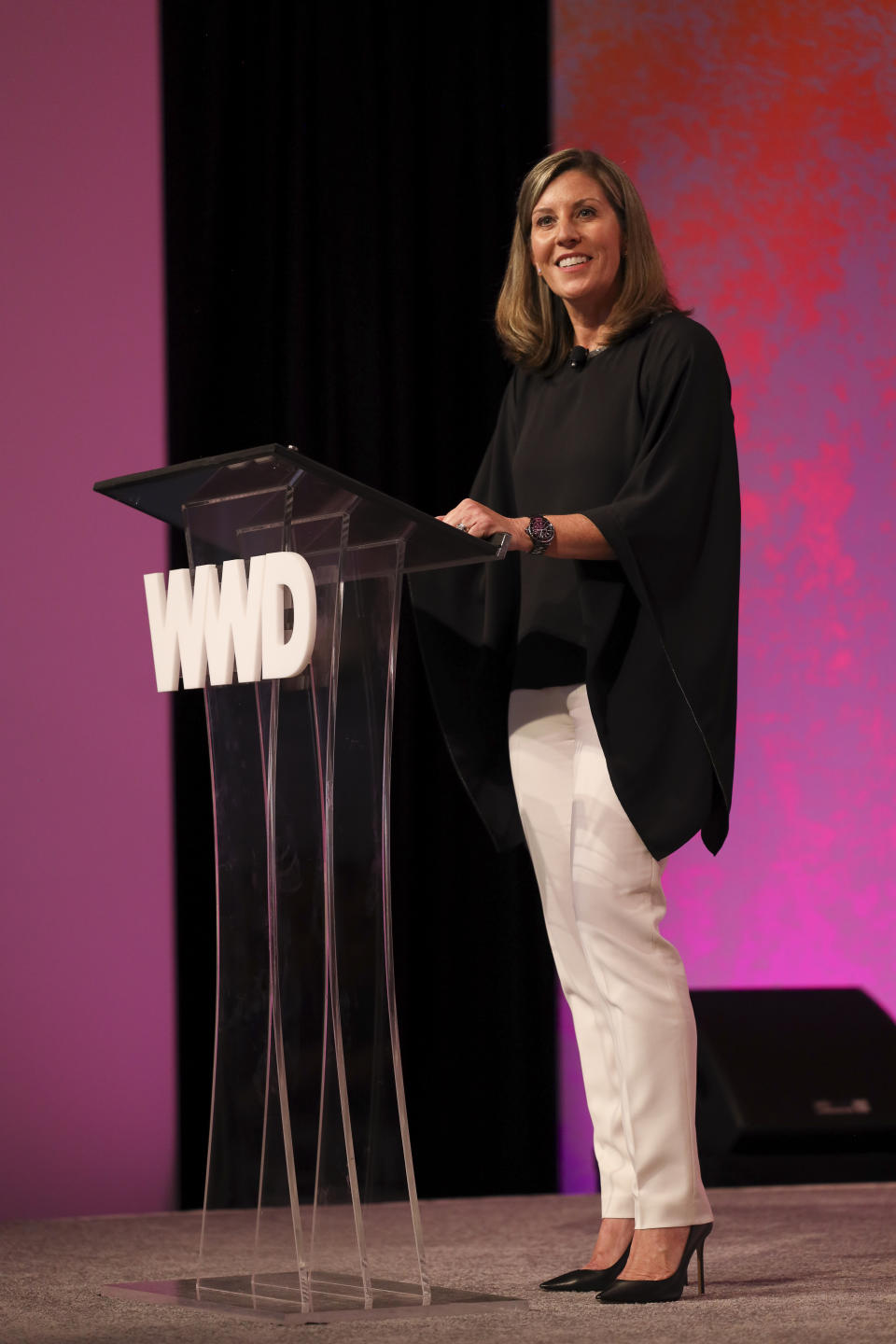
Recom, previously reCommerce Brands, is a strategic Amazon selling partner that helps brands navigate the complexities of e-commerce and find success in Amazon’s massive marketplace. Upshaw described being on Amazon as “a necessary component to solving the equation of modern brands, otherwise known as growth.” Upshaw said brands must be strategic about managing themselves on Amazon, understanding behaviors that turn into habits and turning that into growth, which is where Recom’s data can help.
“No matter where you are and your brand-building efforts, Amazon can connect your products to new and existing customers with an efficiency you must simply recognize,” said Upshaw. “It’s becoming an essential digital motor skill the brands must master to maximize market capture from initial launch to long-term loyalty, and it’s having a seat at the brand-building table.”
Education and communication can also help bolster customer loyalty and lifetime customer value.
Fernando Acosta, CEO of RoC Skincare, took to the podium to describe how effective communication plays a key role in consumer behavior through simplifying and trusting science. By way of context, Acosta said 69 percent of consumers had lost their trust in skin care. Even though 97 percent of people believe that skin care is important, only 23 percent of people do a morning and night \ routine. According to Acosta, this issue comes from the complicated nature of how beauty products are marketed — “the barrier of entry usage is not price, it’s accessibility.”

Through its own simplification of trust and science, RoC has been able to gain the confidence of its consumers, which can ultimately lead to a change in consumer behavior. Through the values of humility and putting the consumer first, the brand has been able to educate its customers. One of the critical ways the company has gained a customer’s trust is through showcasing side-by-sides, testimonials, and, most importantly, dermatological doctor endorsements.
Trust is especially important for Generation Z. Authenticity and community is also important to this digitally savvy generational cohort. But who exactly is Gen Z, and what do they expect from a beauty brand?
Nina Mishkin, head of brand strategy and production in the Americas at Snapchat, said Gen Z is the “first, truly social generation, so they’re thinking about social media as a true language for them. They were the generation who actually grew up being digitally native.”
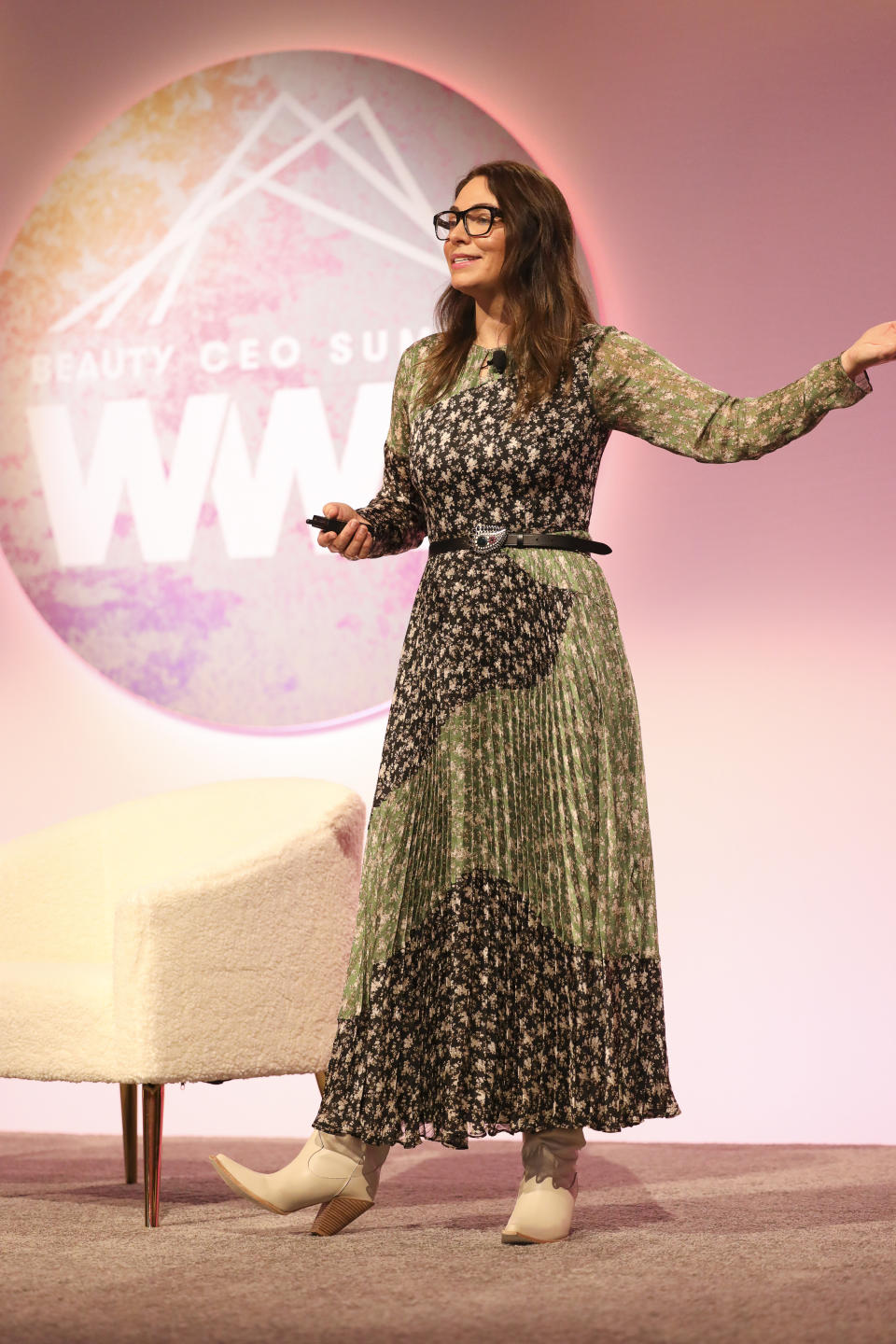
Mishkin said Gen Z is changing “how we look at the beauty and wellness space. With Gen Z, there is no single definition of beauty.” For this generation, beauty and wellness are “about letting your true self shine,” Mishkin said. “It’s all about feeling good inside and out.” For its part, Snapchat has served as a platform that “inherently fosters their needs for connection and community orientation while creating a space that’s truly authentic.”
“Snapchat creates real results for brands because people are coming to Snapchat to build communities with people who feel a true sense of belonging,” Mishkin said. “They’re real friends, and they feel happier on the platform. And when they feel happier on the platform, they’re more likely to trust what they’re seeing. And they’re more likely to pay attention to what they’re seeing, and they’re more likely to engage.”
There are also other ways to engage.
Brittanie Knezovich, managing director of head of sales and partner success at ShopRunner, sat down for a fireside chat with Serena Chan, vice president of e-commerce at Fresh, to speak about how the cosmetics company has been able to leverage varying tactics to increase customer acquisition. Utilizing ShopRunner, Fresh has seen customers convert three times more than average. By removing the barriers to conversion by allowing for Klarna, Afterpay, ShopRunner, and other methods, customers can pay and checkout with their preferred payment options.
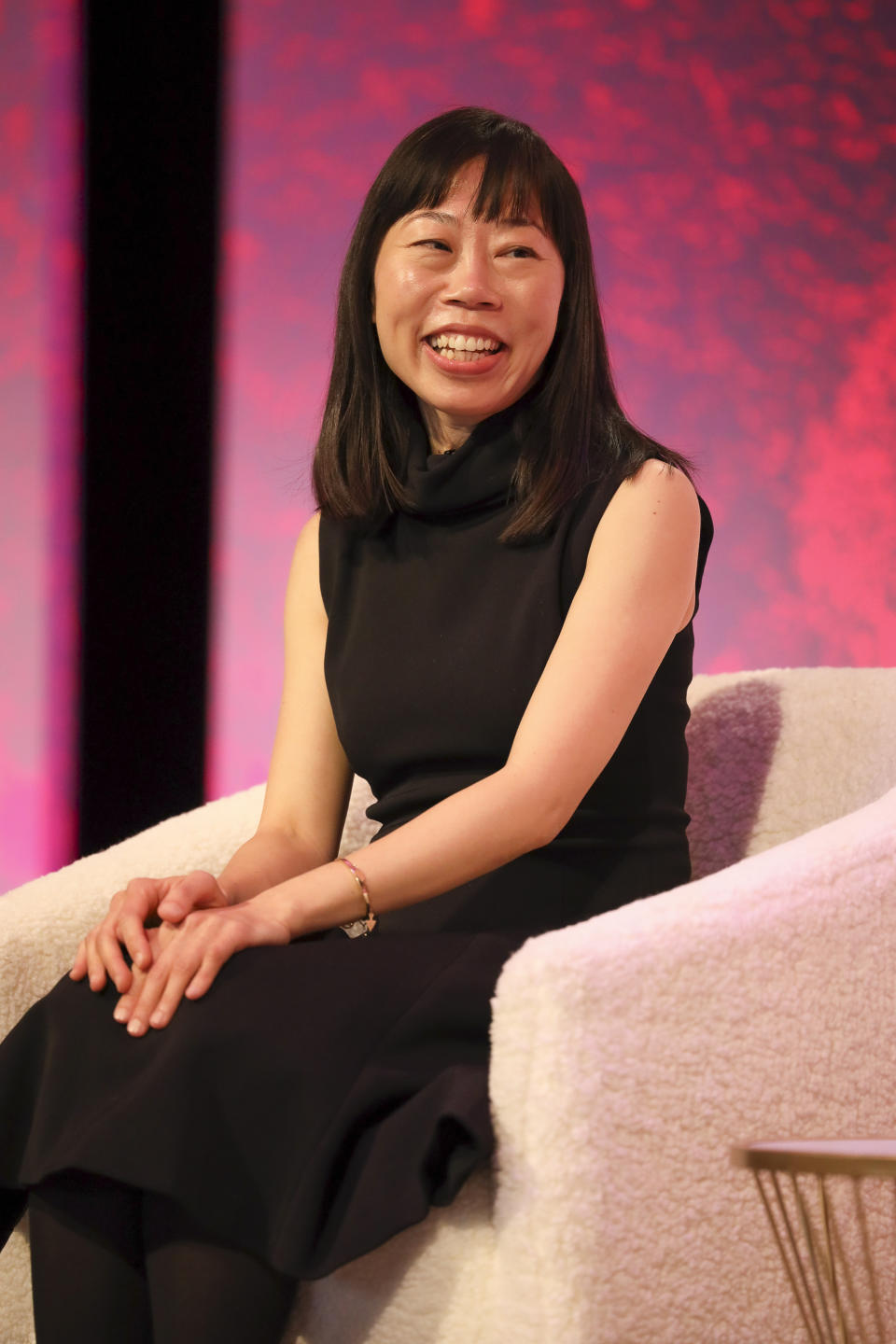
Chan said that Fresh has also been able to double its acquisition since the pandemic, in part by harnessing the power of welcome incentives (when first logging on to the website, customers provide an email for a discount). Through getting access to a customer’s email, the company has been able to optimize by turning prospective customers into first buyers. Loyalty points have also been key drivers for customer retention, with Chan sharing that 85 percent of revenue is coming from loyalty program members in the omnichannel.
Over the years, the company has emphasized the importance of first-party data and used it to their advantage. “Once we have the data in our first-party data, we own the narrative,” said Chan. “We can control the destiny of how we want to utilize the data and how we want to retarget them. We accelerated this as a number-one priority for data collection. If we owned the data by the time Google decided to remove the third-party cookies, we still have the data to do what we need to do.”
Regarding what’s next in beauty and wellness, Andrew Stanleick, president and CEO of BeautyHealth, said the industry is going through a “radical reshaping” as well as a redefinition of beauty and wellness. Showing attendees a photo of “the gunk” that is removed after his company’s skin treatment, Stanleick said today’s consumer is not ashamed of it. In fact, they share the process on social media.
“We’re heading toward a more transparent, more honest, and more real state, and this is reflected in consumer tastes that are on social media,” Stanleick said, adding that beauty today and into the future “is much more about the process as it is about the end result.” The CEO also noted that treatment facilities are also evolving and are changing to offer a better experience for the customer. Hydra-facial treatments are now available at beauty retailers and department stores as well as in hotels and at the gym.
Best of WWD

